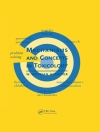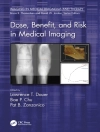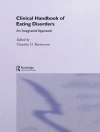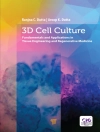<p>Examination, clinical reasoning, therapeutic interventions, and the therapist-patient relationship all play an inseparable part in the physical therapy process. <em>Physical Therapy and Assessment</em> provides PT students with logical, step-by-step guidance on how to perform examinations, document findings, draw up individual treatment plans, and so help students gain a better understanding of this complex process.</p><p>Key Features include:</p><UL><LI>More than 350 high-quality color photos and illustrations that accompany detailed assessment descriptions <LI>Specific guidance on: structures and functions of the musculoskeletal system; joint measurement based on the neutral zero method; testing intra-articular mobility; cardiopulmonary functions; cardiac stress; and exertion assessment <LI>A chapter devoted to pain assessment and management, with access to free patient assessment forms on Thieme’s Media Center</LI></UL><p>All first-and second-year physical therapy students will find this book a valuable resource that enriches their learning experience and enables them to successfully examine and evaluate patients.</p>
Cuprins
<p><strong>1 The Physical Therapy Process: Examination, Clinical Reasoning, and Reflection</strong><br>1.1 The Physical Therapy Process<br>1.2 Clinical Reasoning as Part of the Physical Therapy Process<br>1.3 Critical Phases in the Physical Therapy Process—Reflection Phases<br><strong>2 Examination of Structures and Functions of the Locomotor System</strong><br>2.1 Testing Structures<br>2.2 Testing of General Functions<br><strong>3 Examining Posture and Muscle Balance</strong><br>3.1 Posture<br>3.2 Diagnosis<br>3.3 Musculature<br><strong>4 Pain as the Chief Symptom</strong><br>4.1 Theoretical Foundations of Pain as a Chief Symptom<br>4.2 Physical Therapy Examination of Patients Whose Chief Symptom is Pain<br><strong>5 Examining Cardiopulmonary Functions</strong><br>5.1 Respiration—Examining the Pulmonary System<br>5.2 Examination of Cardiac Functions</p>












